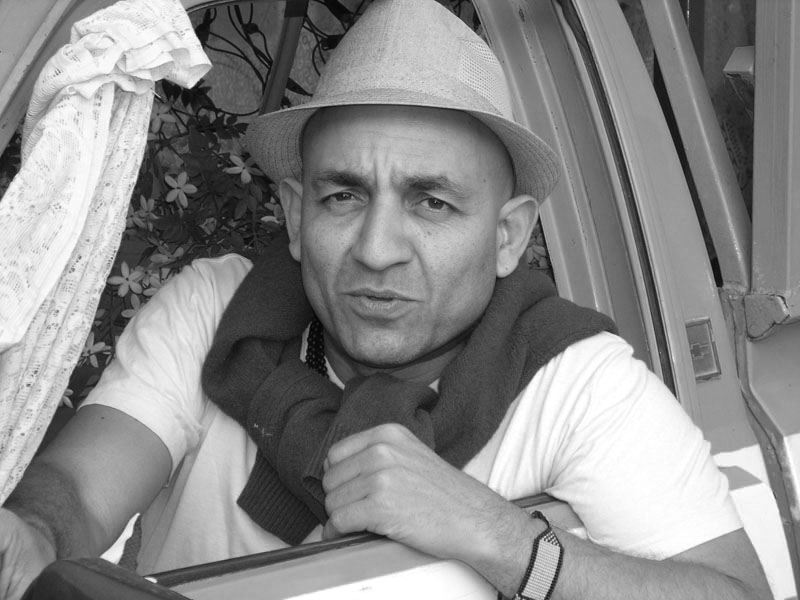Under the Horizon
by Oswaldo Maciá (Colombia / UK)
Release Date: 02/2017
Website: www.oswaldomacia.com
Finalist Category: Sadakichi Award, 2017
Perfumers: Ricardo Moya - Senior Perfumer, IFF
Sala San Antonio Abad - CAAM
'Under the Horizon' is an olfactory-acoustic sculpture that creates a space for thought. Maciá's work uses the scent of smell to make people stop and think in order to raise questions in new ways. The olfactory is an essential sculptural medium: What we perceive through our noses has no verbal language, it reaches straight to intuition. When we cannot reduce senses to words and over-worn platitudes we find a new vocabulary for thinking about the world.
The smell composition of 'Under the Horizon' draws from the scent of organisms growing under the earth - specifically carrots, an everyday foodstuff that receives little special attention. Encountering these familiar notes without a visual index evokes an uncomfortable feeling as we need to engage our minds. For example, it is difficult to name the smell of carrot seed without seeing a carrot. Smell reaches the olfactory sensory neurons through two pathways. The first route is via the nostrils, and the second is through a channel connecting the roof of the throat to the nose - chewing food will release aromas that access the olfactory sensory neurons using this channel.
From a visual perspective, 'Under the Horizon' employs sculptural conventions and narrative expectations. A plinth elevates a bath to eye level where the taps are constantly running unchecked, filling the tub with a black liquid holding this scent of 'Under'. These scents and this scenario are accompanied by an ‘Under sound’ the sounds of cloth being stitched by machines, mixed with the sound of artificial rain. These recordings were made by the artist in a large Bulgarian factory, manufacturing military uniforms for different wars on our planet.


Oswaldo Maciá (1960) was born in the Caribbean city of Cartagena de Indias,Colombia.
His artworks cannot give any solutions to problems, but they can shape new questions and new problems.
His sculptural compositions are formed from images, objects, sounds and smells. Whether on paper, object, video or image, the works operate as sculptures. Sometimes they are scenarios: they occupy space, pulling and pushing all that surrounds them for their own ends. Sculpture is concerned with the relationships people have to the space and volumes that form the world we experience; in utilising a wider perceptual range my work opens itself to subjectivity over objectivity, experience over knowledge.
